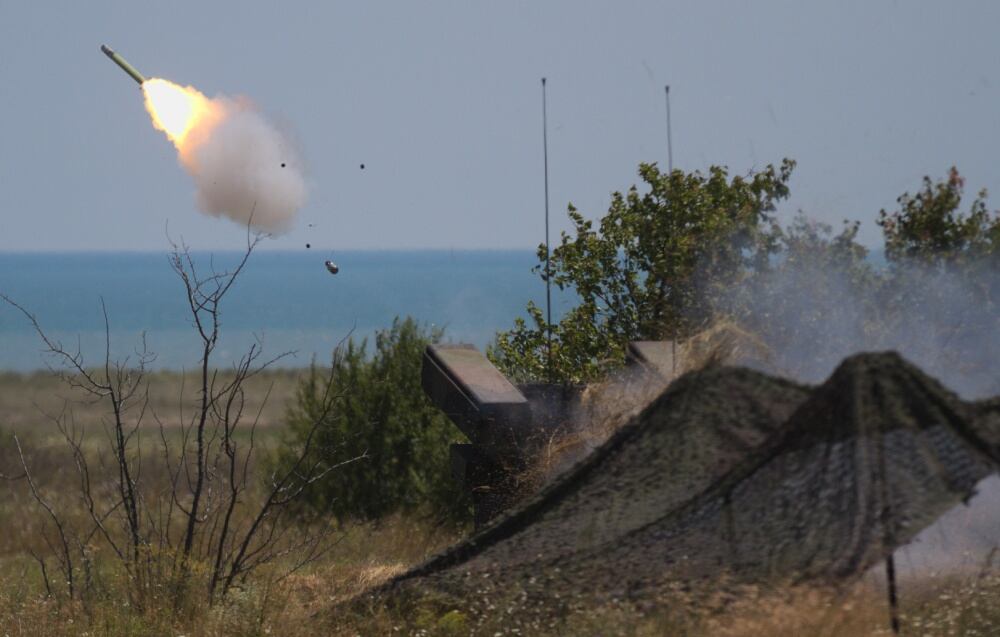WASHINGTON — Construction issues that have plagued the Polish Aegis Ashore missile defense site remain unresolved, but the U.S. Missile Defense Agency continues to work toward a resolution, according to the MDA director.
Earlier this year, Gen. Samuel Greaves testified during several congressional hearings that the Aegis Ashore site in Poland would not reach its initial operational capability in 2018, but instead was delayed until calendar year 2020.
He attributed the delay to the contractor in Poland hired to build the site, but also pointed at poor weather on location. Manpower and other resources were also slow to ramp up, according to Greaves.
RELATED

“The current construction contractor has been directed to take action to address the construction delays,” Greaves told Defense News in an emailed statement.
The contractor “remains committed to the project but has failed to meet contractually required schedule milestones for multiple reasons, including insufficient on-site management and tradecraft personnel,” Greaves said.
While some improvements have been observed, “senior Department of Defense leadership, the MDA and the U.S. Army Corps of Engineers are engaging corporate leadership to improve contractor performance,” he added.
The Pentagon is still trying to pursue “all means available to address the contractor’s performance challenges and mitigate as best possible the impacts of construction delays on the overall effort to deliver Aegis Ashore Poland,” Greaves said.
The delays will not impact the cost to the U.S. to build the missile defense radar site, as the project was awarded with “significant incentives” to meet the original completion date and “significant costs” if the original schedule is not met, according to Greaves.
The director added that while the construction phase has suffered, all other aspects of the project, such as the maturity of Aegis Ashore radar software, is on track. Aegis equipment is also on site and ready to go once construction has reached the stage for installation.
RELATED

The delay for the site should not be seen as a lack of commitment by the U.S. to complete of the European Phased Adaptive Approach to regional missile defense, according to Greaves.
The EPAA is designed to defend against threats from Iran and includes Aegis radar-capable ships based out of Rota, Spain, an AN/TPY-2 radar in Turkey, and another Aegis Ashore site in Romania that are both operational. The TPY-2 radar was stood up in Turkey in 2011 and the Romanian Aegis Ashore site in 2016.
Jen Judson is an award-winning journalist covering land warfare for Defense News. She has also worked for Politico and Inside Defense. She holds a Master of Science degree in journalism from Boston University and a Bachelor of Arts degree from Kenyon College.








